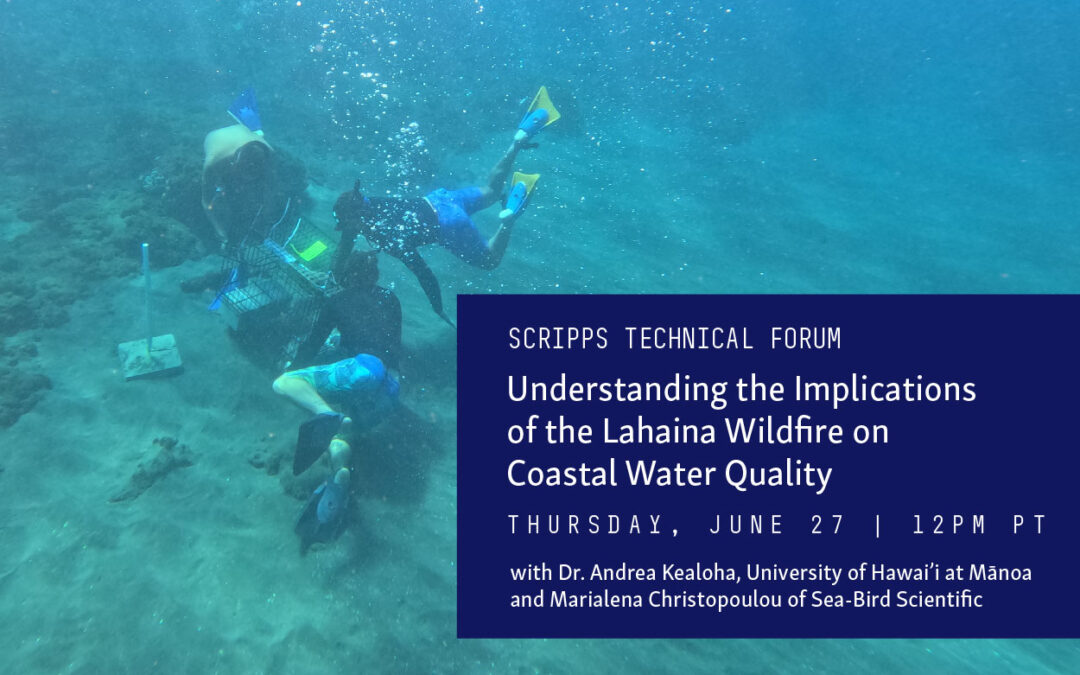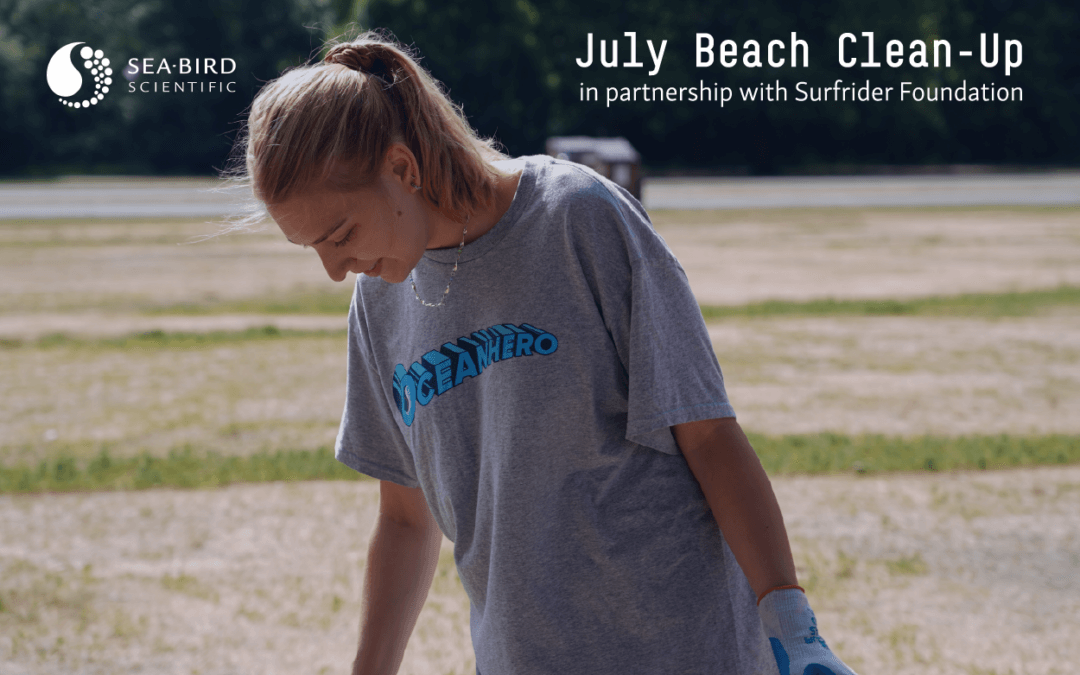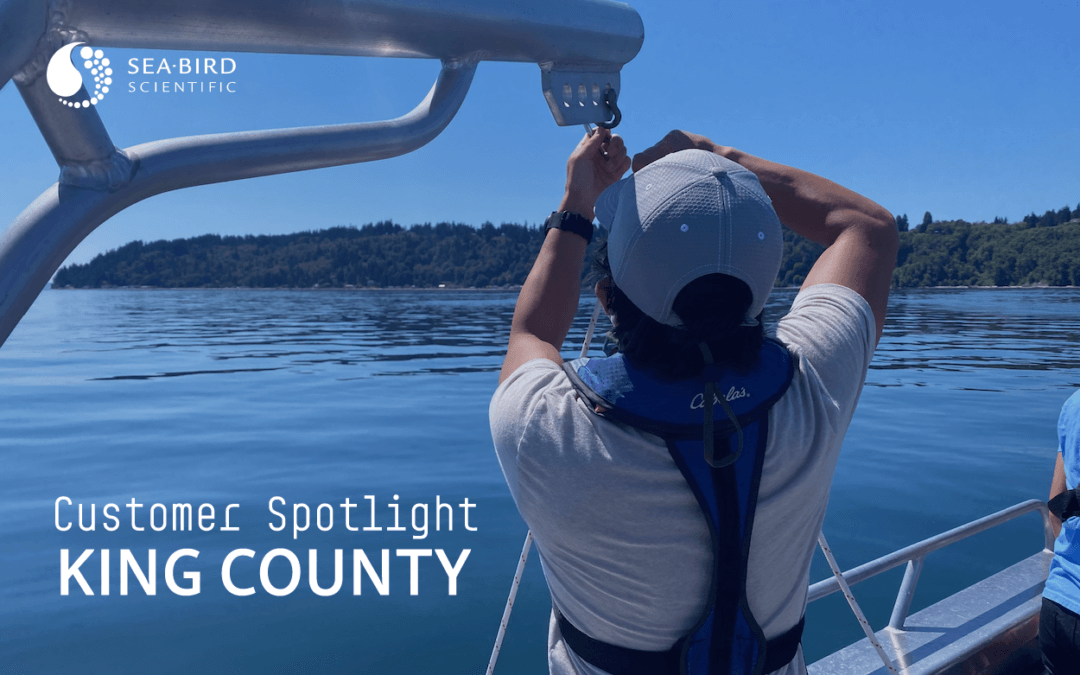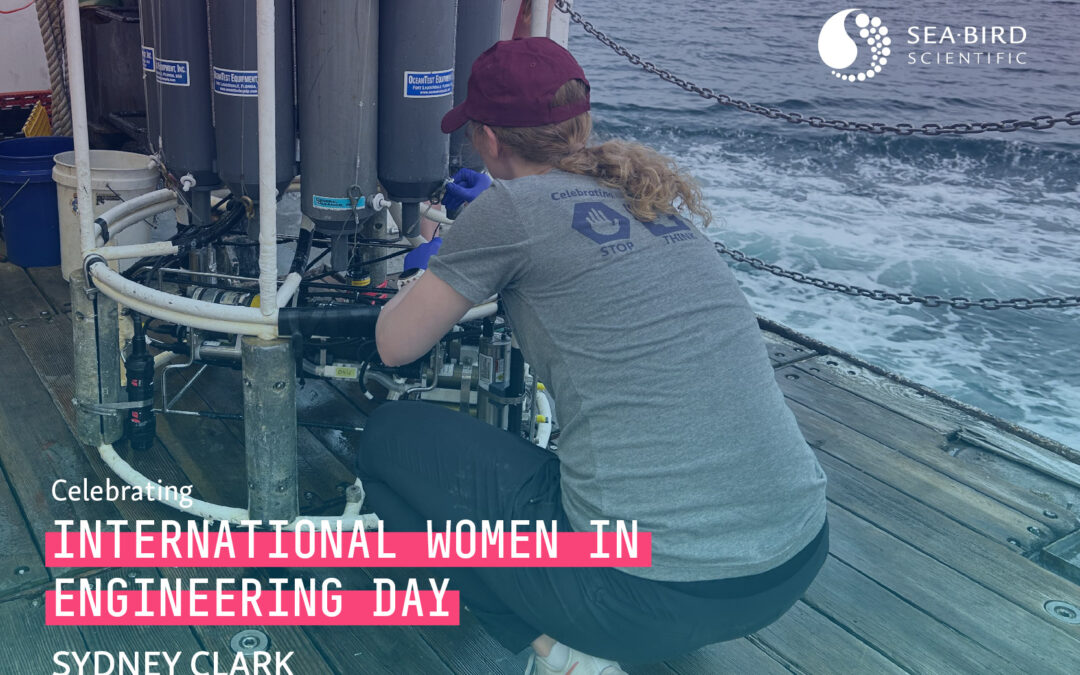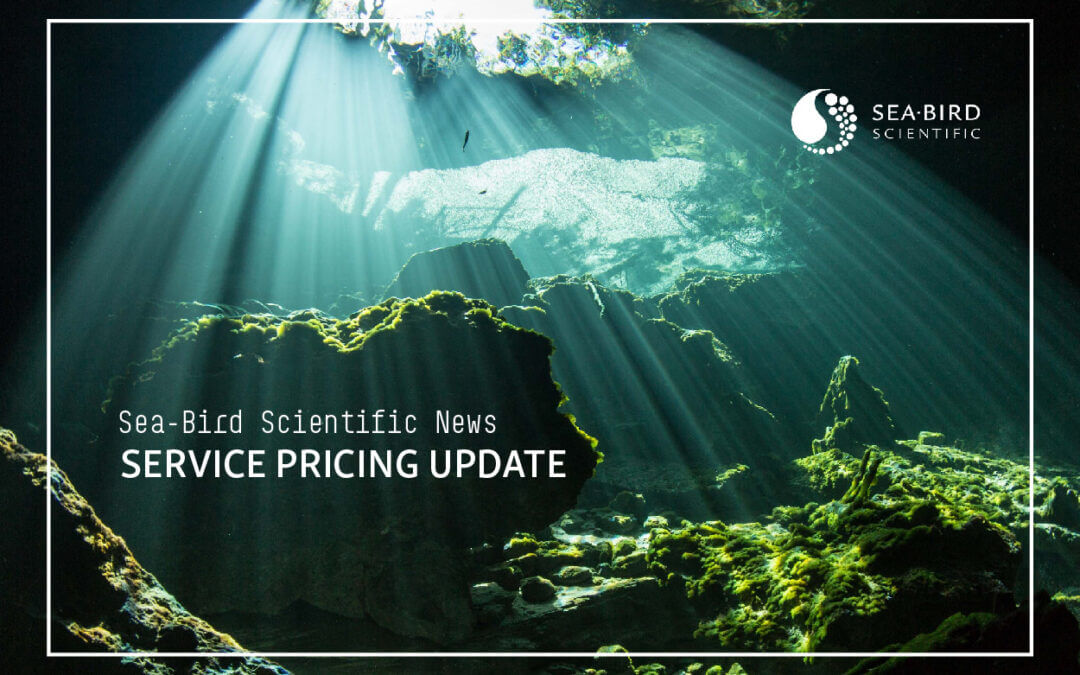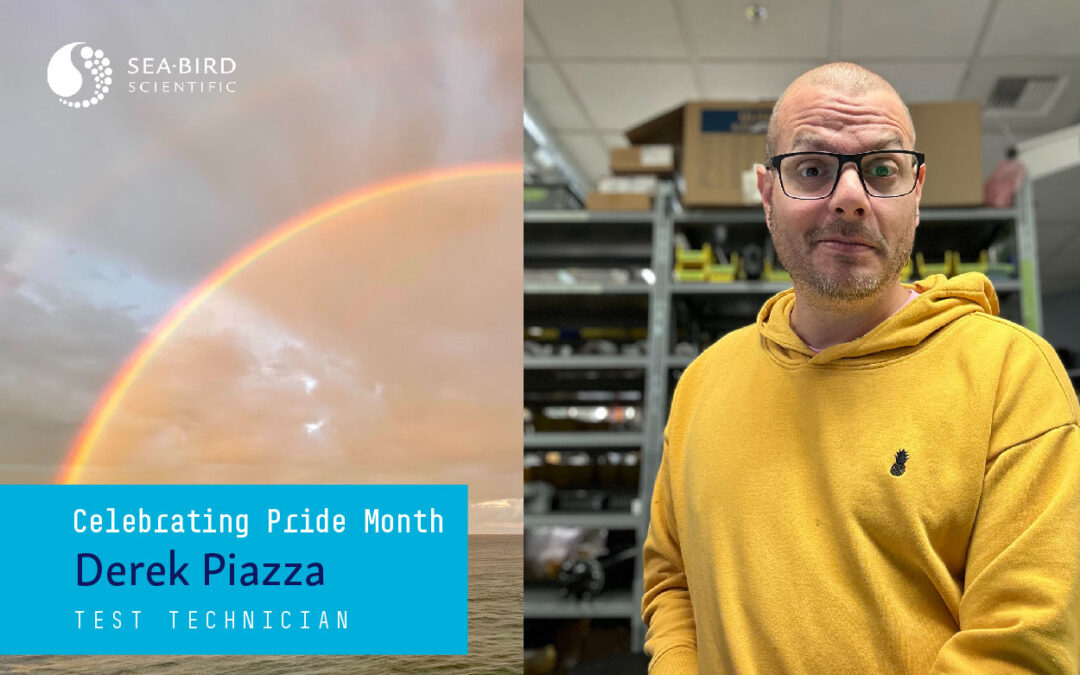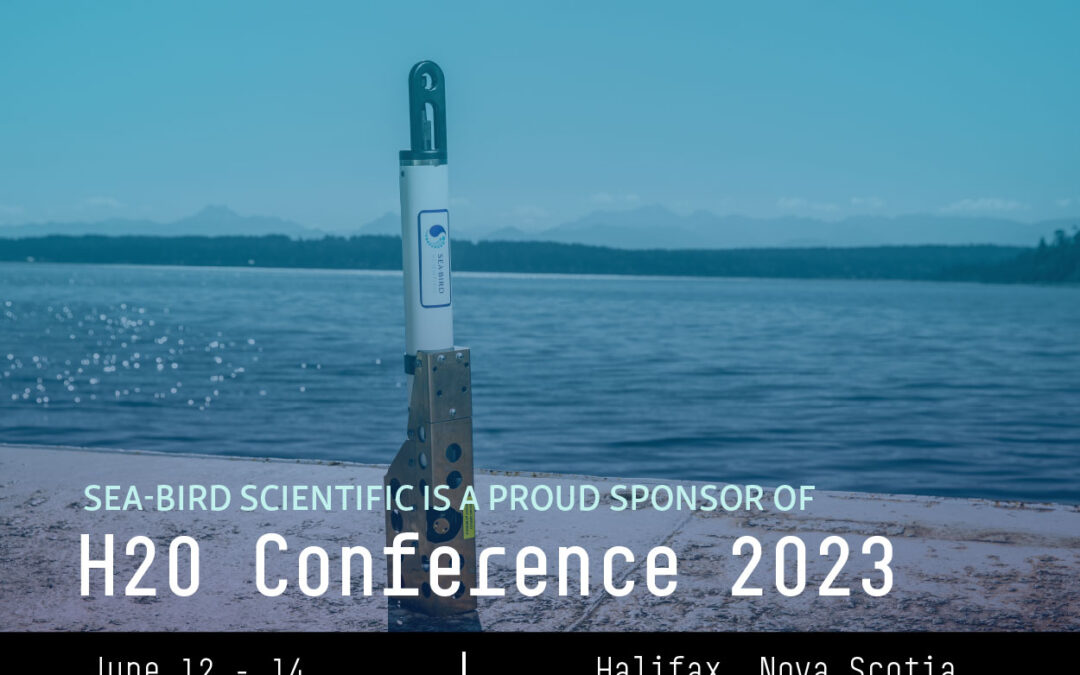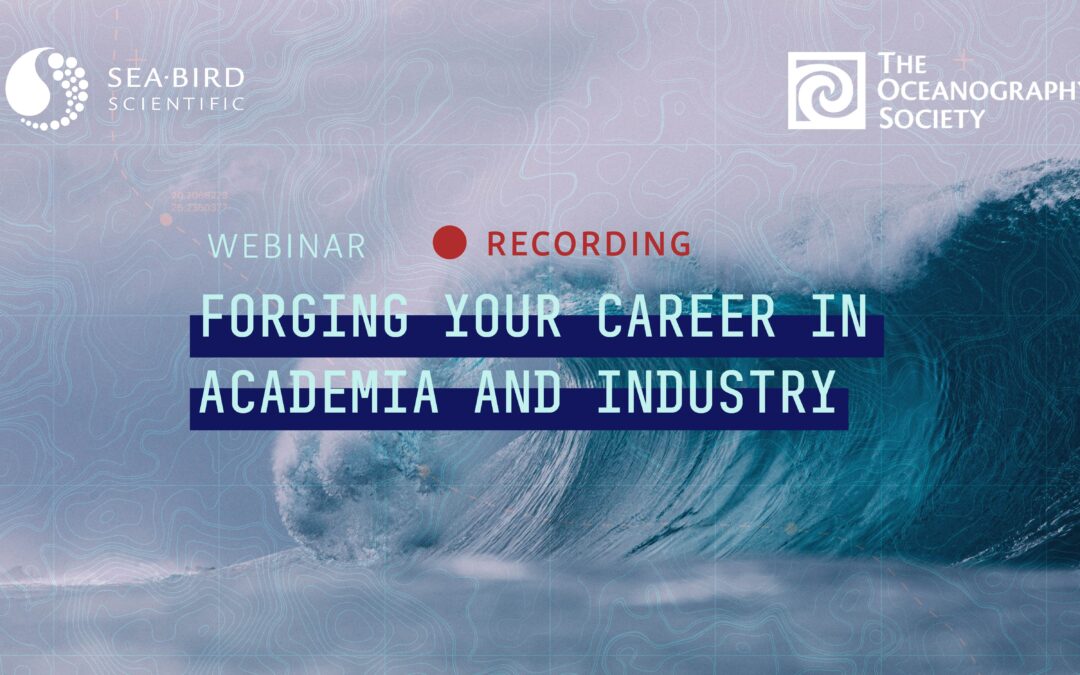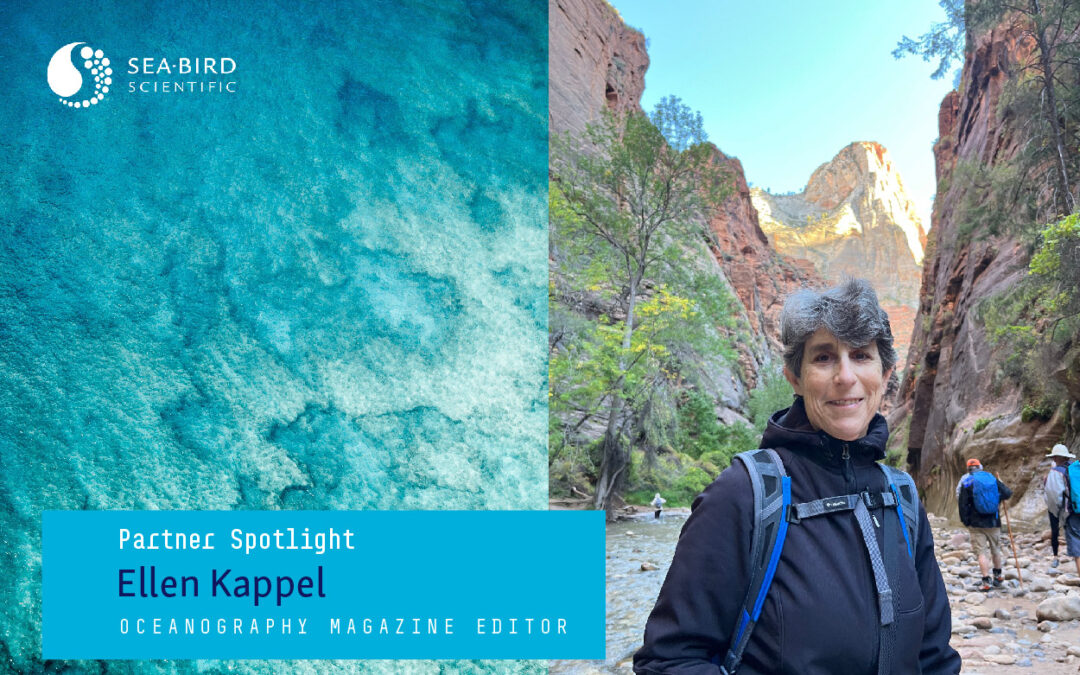We are pleased to partner with Scripps Institute of Oceanography to showcase a recent study done by Dr. Andrea Kealoha and her team at the University of Hawai’i at Mānoa in monitoring coastal water quality following the devastating wildfire in Lahaina in August of 2023. Sea-Bird Scientific was proud to collaborate with the UH team in developing a rapid response to better understand how this event affected the waters surrounding Lahaina.
